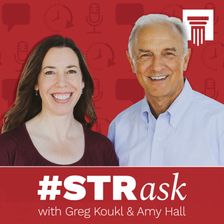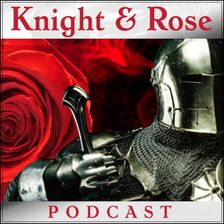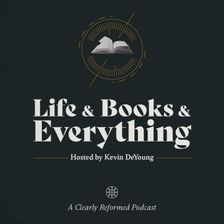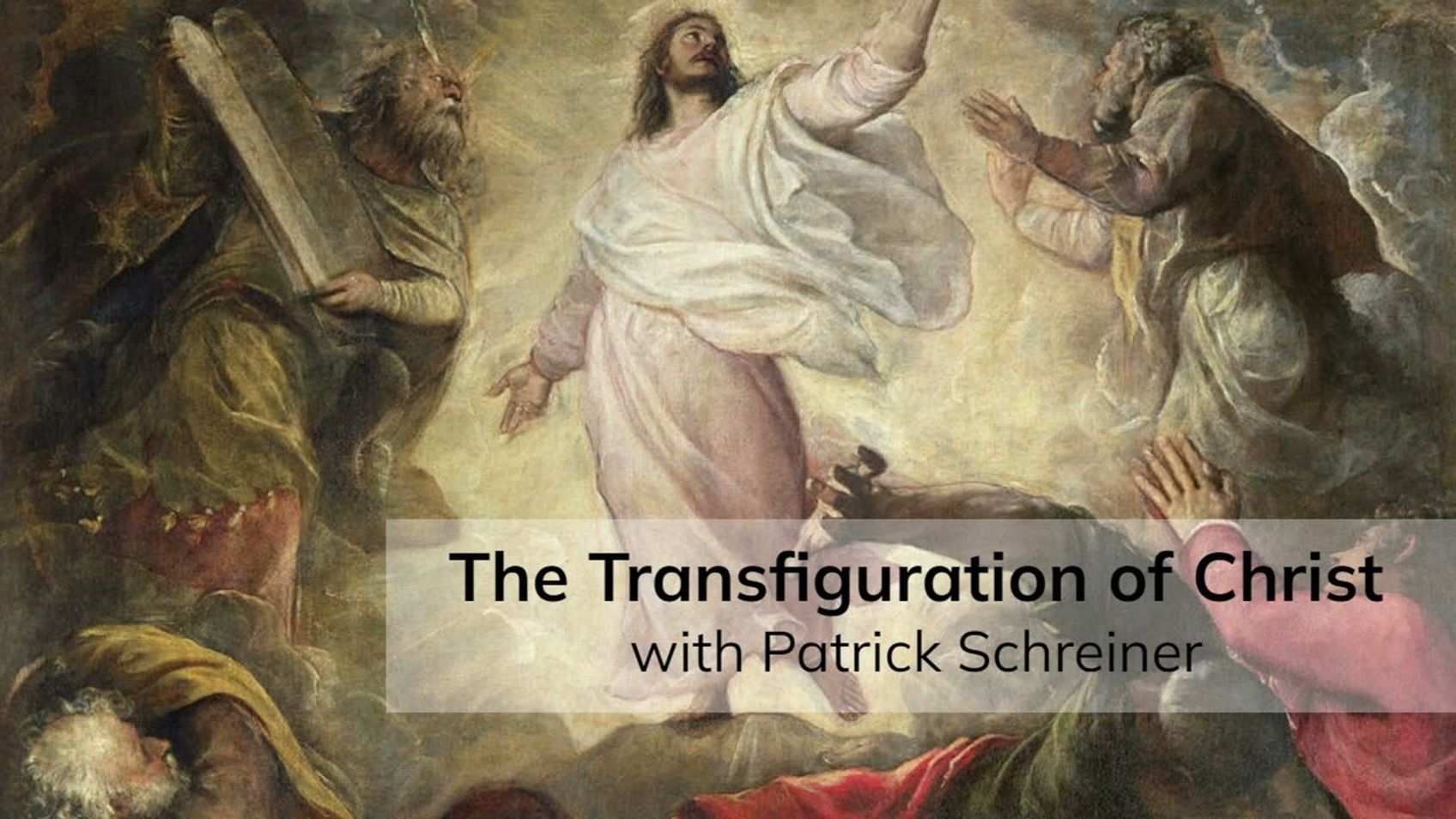The Transfiguration of Christ (with Patrick Schreiner)

Patrick Schreiner joins me to discuss his wonderful new book, 'The Transfiguration of Christ: An Exegetical and Theological Reading': https://amzn.to/3Tq2UPd. Patrick and I also consider how the light of the Transfiguration can illumine Holy Week and Easter.
If you have enjoyed my videos and podcasts, please tell your friends. If you are interested in supporting my videos and podcasts and my research more generally, please consider supporting my work on Patreon (https://www.patreon.com/zugzwanged), using my PayPal account (https://bit.ly/2RLaUcB), or by buying books for my research on Amazon (https://www.amazon.co.uk/hz/wishlist/ls/36WVSWCK4X33O?ref_=wl_share).
The audio of all of my videos is available on my Soundcloud account: https://soundcloud.com/alastairadversaria. You can also listen to the audio of these episodes on iTunes: https://itunes.apple.com/gb/podcast/alastairs-adversaria/id1416351035?mt=2.
More From Alastair Roberts
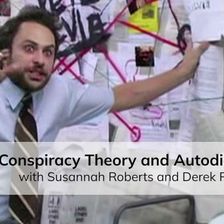

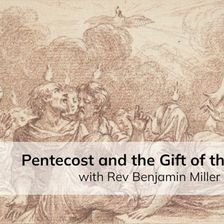
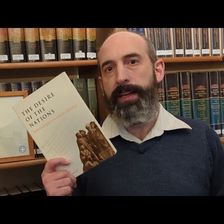
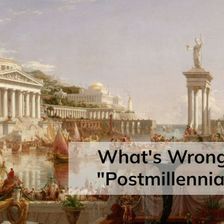
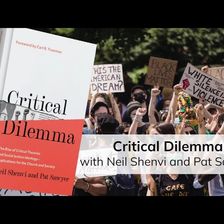
More on OpenTheo
